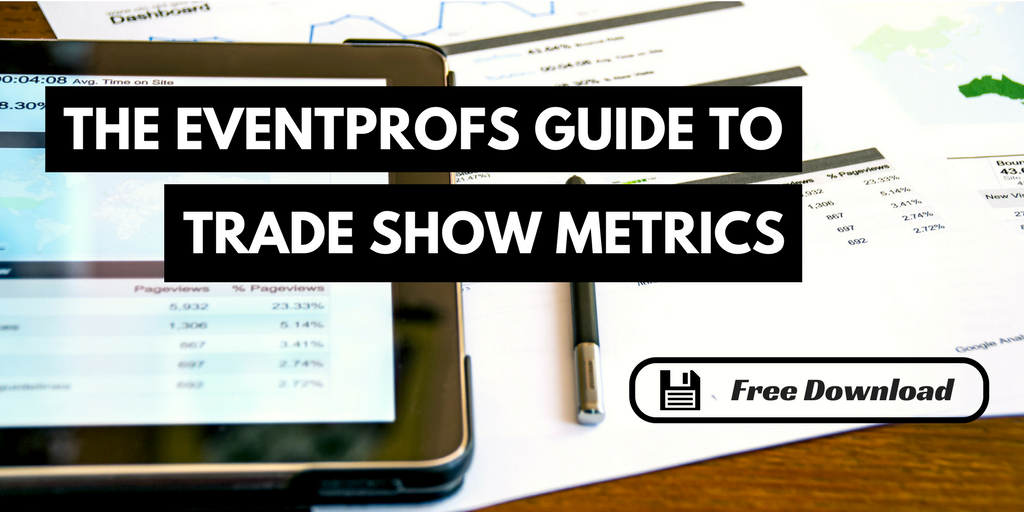We’ve spoken at length about how marketing and sales work at events. Marketing handles the front of the house, creating conversations and helping prospects understand the product better. Sales, on the other hand, makes sure that the opportunity is a good fit for both parties as well as drives the deal to closure. In many cases, marketing and sales work in isolation. They have their own targets and more often than not, communication is at a minimum.
Enter Smarketing
Smarketing is a label of sorts that refers to the strategic alignment between marketing and sales teams through common objectives, clear communication, and visibility to achieve organizational goals.
According to Hubspot, companies that align their marketing and sales teams are able to achieve an annual growth of 20%. This by itself is encouragement enough to implement internal alignment. Here are a few things you need to know about implementing Smarketing at events.
Goal setting
The process of internal alignment starts with creating a small overlap between the two processes and setting goals that encourage a collaborative environment. Event ROI is the single most important metric that CMOs care about.
Smarketing involves establishing goals that incentivize mutual performance. The objectives need to tie into how many opportunities and sales pipeline brought in. Creating an SLA on integration parameters is one way to achieve this. It should entail the quality of leads that marketing brings in and how promptly sales are able to close these opportunities.
The role of the persona
Mapping out the ideal customer persona is already an important part of the process. Essentially, the ideal customer persona serves as a reference point and provides a relatable personality to ease the targeting process.
Marketing uses this persona to understand pertinent profiling information about prospects like their role in the organization, pain points, emotive responses, personal motivations, etc. These cues tell marketers what to look for on the exhibitor’s floor and who to reel into a conversation.
Once marketing sets the context, sales places the product or service being offered within their scope of use. The customer persona equips sales with information about what prospects are looking for in brands. This can tell them how they are likely to react to stimuli and what they need to advance in their buyer journey.
Lead qualification and scoring
Lead qualification is more closely associated with marketing than it is with sales but can be a key aspect to smoothening the collaborative process between the two teams. While the marketing team qualifies leads, they can also score them to give sales an idea about how likely they are to convert into opportunities. This way, sales can prioritize deals that are more likely to close and concentrate on opportunities that carry a bigger pipeline value.
The holistic funnel approach
As mentioned earlier, for many organizations, marketing and sales work as isolated functions. This uncoordinated effort can cause marketing to treat leads like numbers that are just handed over to sales. Merging funnels puts the customer at the center of the buying experience.
With a merged funnel, marketing is able to track where their opportunities are in the pipeline. This way, marketing can pass on qualified leads that are genuinely interested in the product/service. Sales are also able to come back to marketing about the campaigns that have worked in the past.
Communication and feedback
We’ve left the most important aspect for the end. No smarketing initiative can be successful without establishing a clear line of communication.
Firstly, there has to be a clear definition of marketing and sales function. This not only tells sales where to step in but helps smoothen the transition of customers between the marketing and sales bridge. In order to do this, they need to spend a lot of time communicating and going over the process. They need to lay down rules and create an encouraging atmosphere as opposed to a competitive one.
Secondly, they need to close the feedback loop. One way to do this is by creating relationships between multiple levels of the sales and marketing team and get them to listen to each other and give them timely feedback on how they can improve what they are doing.
Sales and marketing alignment is a two-way street. It is also a continuous process of consolidating ideas to drive more top line and event ROI. And in order to have a successful event campaign, it is important to emphasize on the fact that sales and marketing need to set aside their differences and strengthen their relationships for it to be a win-win situation.
Like what you see? Check out The EventProfs’ Guide to Trade Show Metrics. Click on the button below to download your free copy.



